Filter by
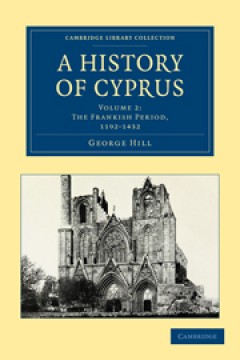
A History of Cyprus
Sir George Francis Hill (1867–1948), was perhaps best known as a numismatist, although his scholarly interests and accomplishments included a range of time periods and subjects. A classicist by training, Hill built his career at the British Museum's department of coins and medals. In his forty-three years there he produced volumes on coins of antiquity; Greek history and art; coins, heraldry,…
- Edition
- -
- ISBN/ISSN
- 9780511751714
- Collation
- -
- Series Title
- Cambridge Library Collection - European History
- Call Number
- -
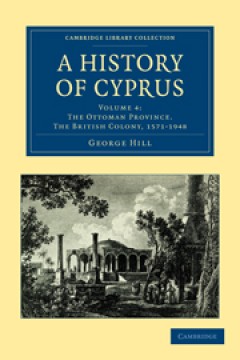
A History of Cyprus
Sir George Francis Hill (1867–1948), was perhaps best known as a numismatist, although his scholarly interests and accomplishments included a range of time periods and subjects. A classicist by training, Hill built his career at the British Museum's department of coins and medals. In his forty-three years there he produced volumes on coins of antiquity; Greek history and art; coins, heraldry,…
- Edition
- -
- ISBN/ISSN
- 9780511751738
- Collation
- -
- Series Title
- Cambridge Library Collection - European History
- Call Number
- -
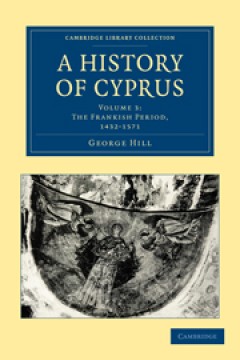
A History of Cyprus
Sir George Francis Hill (1867–1948), was perhaps best known as a numismatist, although his scholarly interests and accomplishments included a range of time periods and subjects. A classicist by training, Hill built his career at the British Museum's department of coins and medals. In his forty-three years there he produced volumes on coins of antiquity; Greek history and art; coins, heraldry,…
- Edition
- -
- ISBN/ISSN
- 9780511751721
- Collation
- -
- Series Title
- Cambridge Library Collection - European History
- Call Number
- -
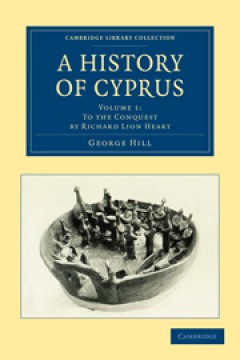
A History of Cyprus
Sir George Francis Hill (1867–1948) was perhaps best known as a numismatist, although his scholarly interests and accomplishments included a range of time periods and subjects. A classicist by training, Hill built his career at the British Museum's department of coins and medals. In his forty-three years there he produced volumes on coins of antiquity; Greek history and art; coins, heraldry, …
- Edition
- -
- ISBN/ISSN
- 9780511751707
- Collation
- -
- Series Title
- Cambridge Library Collection - European History
- Call Number
- -
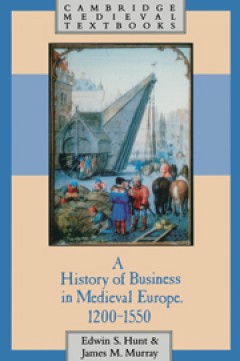
A History of Business in Medieval Europe, 1200–1550
This book demolishes the widely held view that the phrase 'medieval business' is an oxymoron. The authors review the entire range of business in medieval western Europe, probing its Roman and Christian heritage to discover the economic and political forces that shaped the organization of agriculture, manufacturing, construction, mining, transportation and marketing. Businessmen's responses to t…
- Edition
- -
- ISBN/ISSN
- 9780511626005
- Collation
- -
- Series Title
- Cambridge Medieval Textbooks
- Call Number
- -

A Hand-Book for Travellers in Spain, and Readers at Home
Targeted at both intrepid travellers and 'readers at home', this two-volume account of Spanish history, topography and culture by Richard Ford (1796–1858) combines the rigour of a gazetteer with the humour and pace of a private travel diary. First published in 1845, as part of John Murray's series of guidebooks, the work made an immediate impact upon the reading public, and it was celebrated …
- Edition
- -
- ISBN/ISSN
- 9781139096157
- Collation
- -
- Series Title
- Cambridge Library Collection - Travel, Europe
- Call Number
- -

A Hand-Book for Travellers in Spain, and Readers at Home
Targeted at both intrepid travellers and 'readers at home', this two-volume account of Spanish history, topography and culture by Richard Ford (1796–1858) combines the rigour of a gazetteer with the humour and pace of a private travel diary. First published in 1845, as part of John Murray's series of guidebooks, the work made an immediate impact upon the reading public, and it was celebrated …
- Edition
- -
- ISBN/ISSN
- 9781139096140
- Collation
- -
- Series Title
- Cambridge Library Collection - Travel, Europe
- Call Number
- -
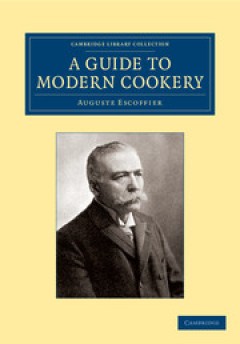
A Guide to Modern Cookery
The late nineteenth and early twentieth centuries witnessed a revolution in the eating habits of European households with disposable incomes. Central to the culinary history of the period is the innovative French chef Georges Auguste Escoffier (1846–1935). His cooking methods, combined with a modern approach to managing professional kitchen staff, contributed to the development of a fashionab…
- Edition
- -
- ISBN/ISSN
- 9781139626637
- Collation
- -
- Series Title
- Cambridge Library Collection - European History
- Call Number
- -
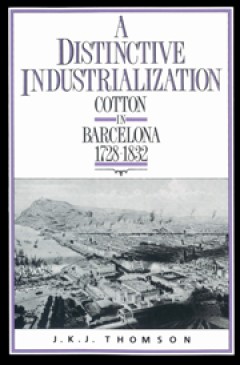
A Distinctive Industrialization Cotton in Barcelona 1728–1832
This book, first published in 1992, is a study of the development of Barcelona's cotton industry from its origins in calico-printing in 1728 to its introduction of steampower in 1832. It thus describes the experiences of the leading industry of the city, and one which provides the only Mediterranean exception to the tendency of early industrialization to be concentrated in northern Europe. The …
- Edition
- -
- ISBN/ISSN
- 9780511523526
- Collation
- -
- Series Title
- -
- Call Number
- -
 Computer Science, Information & General Works
Computer Science, Information & General Works  Philosophy & Psychology
Philosophy & Psychology  Religion
Religion  Social Sciences
Social Sciences  Language
Language  Pure Science
Pure Science  Applied Sciences
Applied Sciences  Art & Recreation
Art & Recreation  Literature
Literature  History & Geography
History & Geography